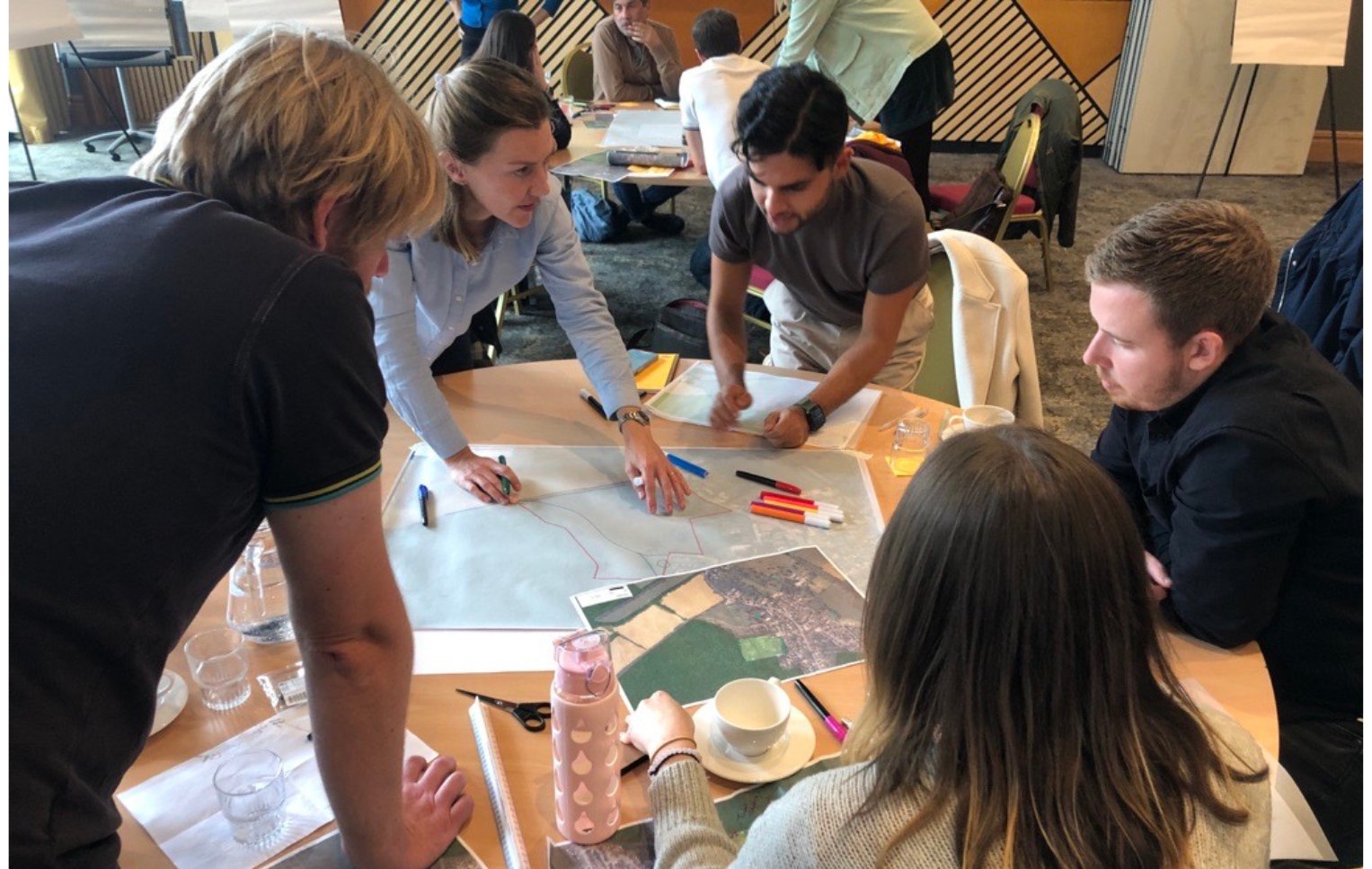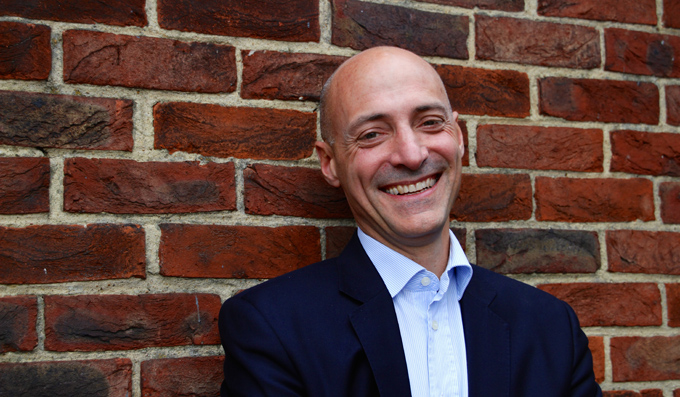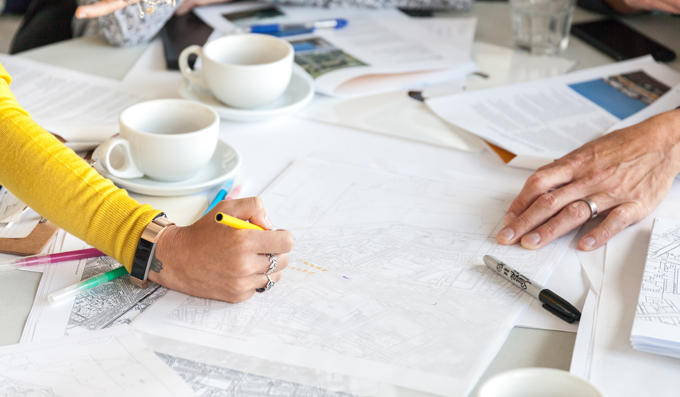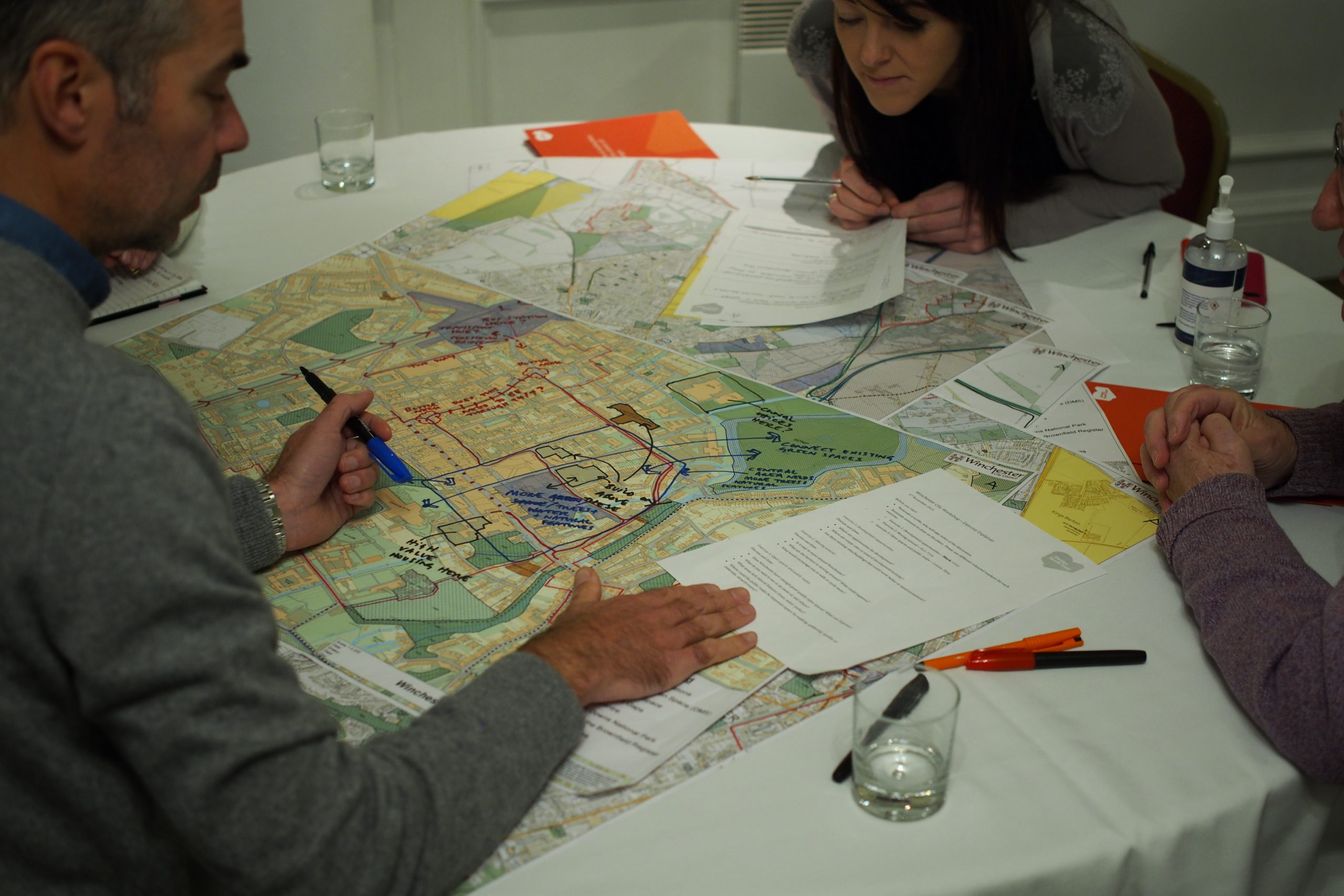In September we kicked-off our new 7-part Urban Design Foundations Course with a 2-day Urban Design School event aimed at building urban design knowledge and skills for planners and placemakers.
Day 1 introduced attendees to fundamental urban design theories and concepts. Helen Goodwin and Ross O’Ceallaigh from Design South East were joined by Gillian Horn (Question of Design) and Hugo Nowell (Urban Initiatives Studio) to deliver a series of interactive presentations on urban design terminology, planning policy context, strategy and processes, which featured case studies from across the UK and led to interesting Q&A sessions. The day concluded with a hands-on activity where attendees explored their local area through mental maps and thumbnail sketches.
Some of our key takeaways from the first day are:
- The design of places impacts communities, health and wellbeing, and the climate. Urban design is a process that seeks to solve problems for people and the planet.
- The fundamental principles of urban design are actually quite simple, but it helps to have the right vocabulary to express these principles. Understanding terms like ‘legibility’, ‘permeability’ and ‘enclosure’ help professionals to speak a common language about design.
- According to a report from Place Alliance, ‘Appealing Design’, there has been a marked shift in local authorities defending design-based appeals, and increased support from the Planning Inspectorate.
- The ten characteristics of the National Design Guide encourage a holistic evaluation of a scheme considering its impact on character, community, and climate.
Day 2 was hosted in person, at the University of Kent Canterbury Campus, and built on the learnings from Day 1.
In this hands-on skills session, attendees utilised urban design techniques to analyse a development site and worked in groups to design a concept masterplan. The day also involved presentations from Hugo Nowell (Urban Initiatives Studio), Helen Goodwin (Design South East) and Gillian Horn (Question of Design), and a guided tour of the University of Kent campus to reflect on the lessons learned from its masterplanning and development.
Read some of our our key takeaways from the second day of the event:
- A robust process for preparing a concept plan include responding to site context; establishing green and blue infrastructure and movement networks; creating a clear and considered structure of streets, spaces, and frontage; and providing an appropriate mixture of uses, typologies and densities. It is often important to consider how the concept plan can be future-proofed for expansion into neighbouring sites.
- Our group of attendees participated in a group masterplanning exercise, the most common considerations were the retention of existing trees and creation of green buffers to provide attenuation and screening; the distribution of building uses, densities, and typologies; the consideration of fronts, backs, and edges to create positive frontage and surveillance; and movement networks, including access to and around the site, and connection to surrounding amenities.
If you are interested in joining Kent Design, or attending any of our learning events, you can find out more at www.kentdesign.org
Image source: Design South East





